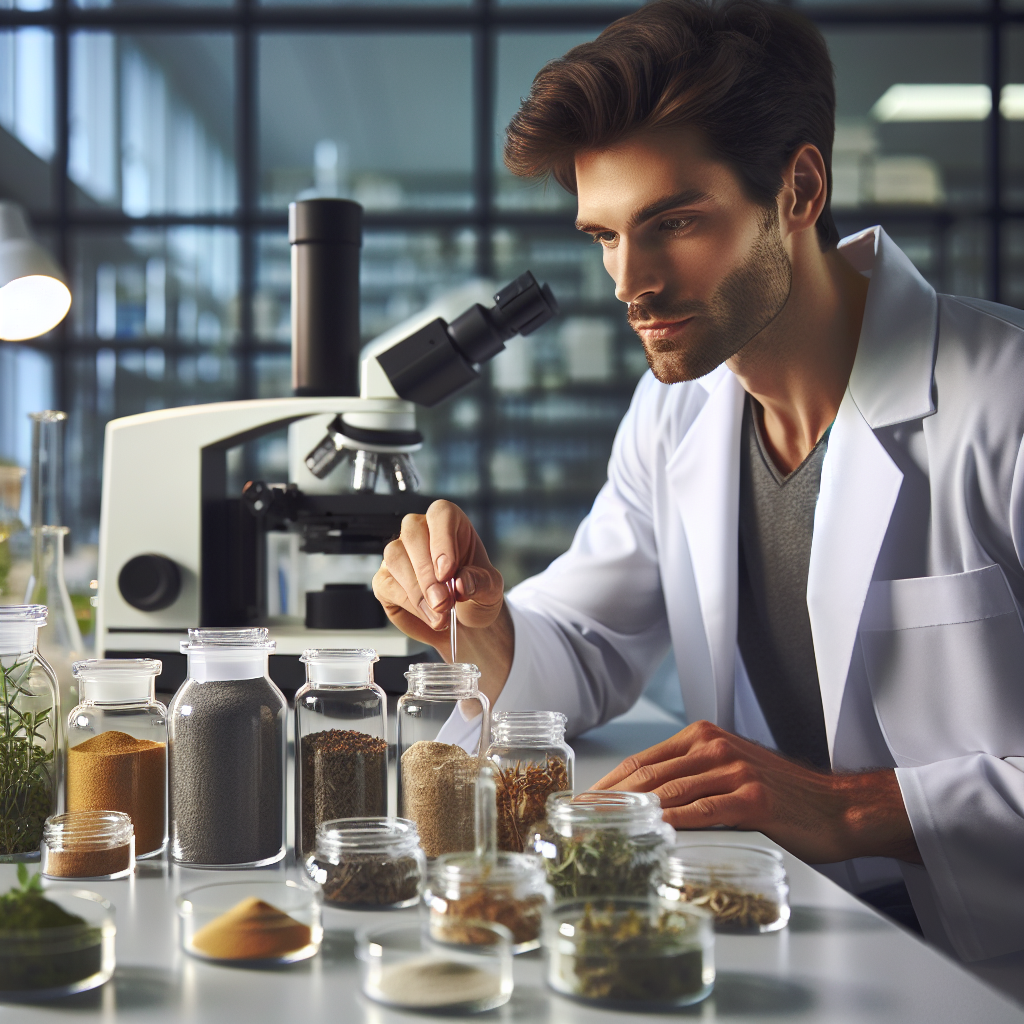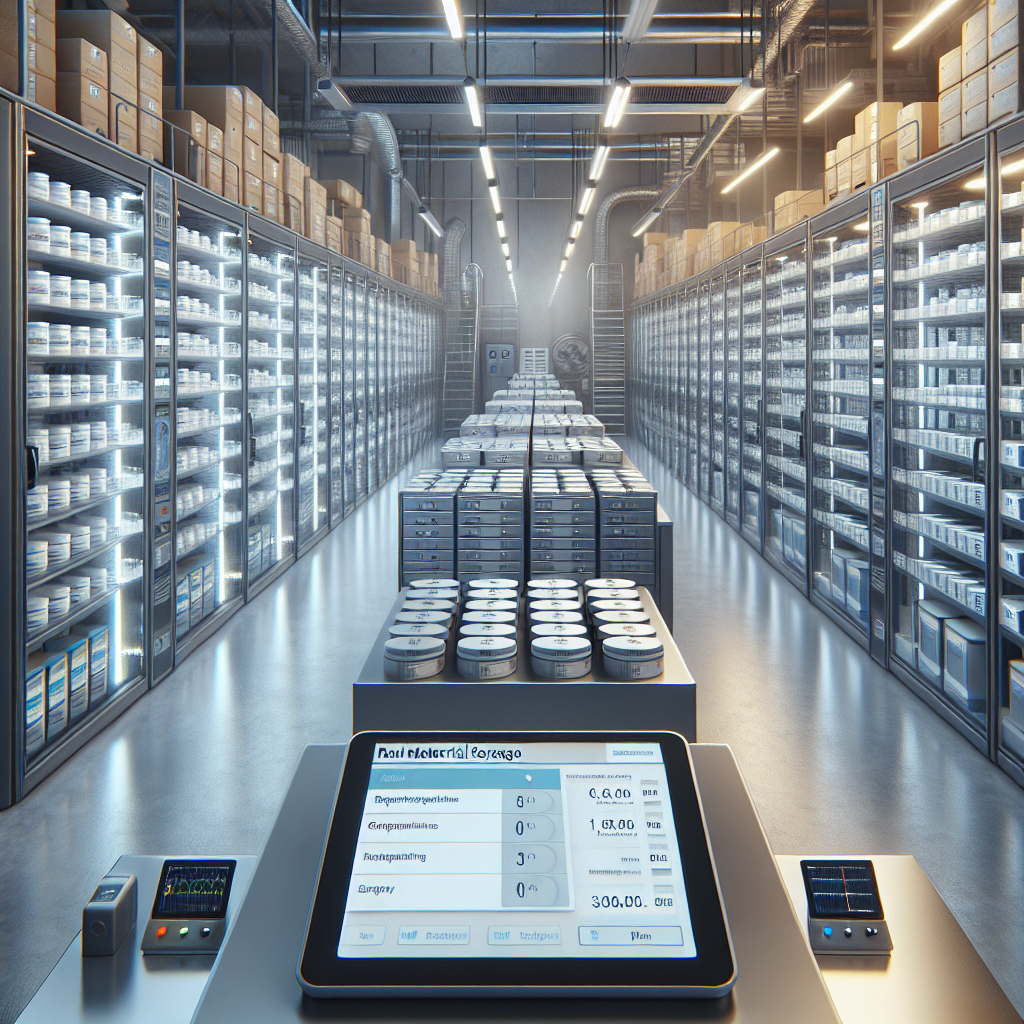In the complex world of nutritional manufacturing, what lies beyond the barcode of your raw materials can make or break your product’s success. Raw material verification is not just a checkbox on a quality control list—it’s the cornerstone of product integrity that safeguards both your brand reputation and consumer health. This fundamental process ensures that every ingredient entering your production facility meets stringent standards for identity, purity, and potency before becoming part of your finished product.
For manufacturers committed to delivering reliable, safe, and effective nutritional products, raw material verification serves as the first line of defense against substandard ingredients that could compromise product quality. In an industry where consumer trust is paramount, this verification process represents your commitment to excellence and transparency.
The Foundation of Quality: Sample Collection and Preparation
The journey of raw material verification begins with proper sample collection—a critical step that’s often underestimated in its importance. Even the most sophisticated testing equipment and methodologies cannot compensate for poorly collected samples that fail to represent the bulk material accurately.
Effective sample collection requires a systematic approach that accounts for potential variations within bulk shipments. As industry experts note, “Before samples can be analyzed using advanced scientific equipment and instruments, they must be properly treated and prepared. This preliminary step is an important stage of the overall analysis process as it helps to prevent contamination, improve accuracy and minimize the risk of result distortion.”
When collecting samples from incoming raw materials, manufacturers should consider:
– Statistical sampling plans that provide adequate representation of the entire batch
- Collection tools and containers that prevent cross-contamination
- Environmental conditions that maintain sample integrity
- Proper documentation to ensure traceability throughout the verification process
The preparation of these samples further establishes the foundation for reliable testing results. This may involve grinding, sieving, or other processing steps to create homogeneous samples suitable for analysis. Each step must be carefully executed to maintain the integrity of the material being tested while ensuring it accurately reflects the properties of the bulk shipment.
By investing time and resources in proper sample collection and preparation, manufacturers create a solid foundation for all subsequent testing procedures. This investment pays dividends through enhanced confidence in raw material quality and compliance with industry standards—ultimately supporting the production of consistent, high-quality nutritional products.
Navigating Regulatory Requirements: Standards and Compliance
The nutritional products industry operates within a framework of rigorous regulatory oversight designed to protect consumer safety. For manufacturers, compliance with these regulations isn’t optional—it’s essential for legal operation and market access. Navigating FDA supplement compliance requires thorough understanding of current requirements.
The FDA’s Current Good Manufacturing Practice (cGMP) regulations, particularly 21 CFR Part 111 for dietary supplements, establish clear requirements for raw material verification. These regulations mandate that manufacturers:
– Establish specifications for the identity, purity, strength, and composition of each ingredient
- Implement testing or examination methods to verify that specifications are met
- Maintain documentation of all verification activities
- Reject any ingredient that fails to meet established specifications
As one industry source confirms, “All raw materials must be tested and verified to confirm their identity, purity… Regulatory Violation: By adhering to dietary supplement FDA regulations, manufacturers can avoid costly recalls, legal penalties, and damage to their brand reputation.”
Beyond FDA requirements, many manufacturers also adhere to additional standards set by organizations such as the United States Pharmacopeia (USP) or NSF International. These standards often exceed regulatory minimums, providing an additional layer of quality assurance that resonates with health-conscious consumers.
Compliance with these standards requires a comprehensive understanding of both regulatory requirements and scientific testing methodologies. Manufacturers must stay abreast of regulatory changes and continuously update their verification protocols to maintain compliance. This commitment to regulatory adherence not only protects against potential enforcement actions but also demonstrates a dedication to consumer safety that builds trust in your brand.
Verification Methods: From Visual Inspection to Advanced Analytics
Raw material verification employs a multi-layered approach that combines visual assessment with sophisticated analytical techniques to create a comprehensive quality assurance system.
Visual Inspection
The verification process typically begins with visual inspection—a seemingly simple but critically important step. Trained quality control personnel examine incoming materials for:
– Physical characteristics such as color, texture, and particle size
- Presence of foreign matter or contaminants
- Packaging integrity and proper labeling
- Consistency with previous shipments of the same material
While visual inspection cannot detect many quality issues, it serves as an important screening tool that can identify obvious problems before materials move further into the verification process.
Analytical Testing
The heart of raw material verification lies in analytical testing—scientific methods that confirm identity and purity while measuring key attributes. Common analytical techniques include:
Identity Testing: Confirms that the material is indeed what it claims to be. Methods may include:
– Spectroscopic techniques like Near-Infrared (NIR) or Raman spectroscopy
- Chromatographic methods such as High-Performance Liquid Chromatography (HPLC)
- Organoleptic testing for characteristic sensory properties
Purity Testing: Evaluates the material for potential contaminants, including:
– Heavy metals analysis
- Residual solvent testing
- Pesticide screening
- Mycotoxin analysis
Potency Testing: Measures active constituent levels to ensure they meet specifications, often using:
– HPLC or Ultra-High-Performance Liquid Chromatography (UHPLC)
- Mass spectrometry
- Titration methods
Microbial Testing: Screens for harmful microorganisms such as:
– Pathogenic bacteria
- Yeast and mold
- Total aerobic microbial count
As industry experts note, “Material verification is critical in consumer goods manufacturing to ensure compliance, quality, and brand protection.” These verification methods work in concert to create a comprehensive picture of raw material quality, enabling informed decisions about whether materials meet the standards required for production.
Advanced manufacturers are increasingly turning to rapid testing technologies like handheld spectroscopic devices that allow for non-destructive testing of materials without extensive sample preparation. As one source confirms, “Raw material identification is done to verify starting materials as required by PIC/S and cGMP, and can be readily done with handheld Raman.”
These methods collectively ensure that only verified materials meeting all quality specifications enter the production process, protecting both product integrity and consumer safety. For manufacturers seeking to implement comprehensive raw material verification processes, having proper systems in place is non-negotiable.
Beyond Compliance: Risk Mitigation Through Verification
While regulatory compliance drives many raw material verification programs, forward-thinking manufacturers recognize that these processes deliver benefits far beyond satisfying regulatory requirements. Effective verification serves as a comprehensive risk management strategy that protects both business interests and consumer well-being.
“With effective raw material quality control, you reduce waste, optimize operations, and secure a competitive edge through superior material consistency,” notes one industry source. This operational efficiency stems from several key benefits:
Prevention of Formulation Errors: By confirming the identity and potency of ingredients before use, verification prevents costly formulation mistakes that could lead to product recalls or market withdrawal.
Enhanced Manufacturing Efficiency: Consistent, high-quality raw materials support smoother production processes with fewer adjustments and less waste.
Supply Chain Validation: Verification creates accountability throughout the supply chain, confirming that suppliers consistently deliver materials meeting your specifications.
Protection Against Adulteration: Comprehensive testing detects economically motivated adulteration or substitution of ingredients, protecting both product integrity and brand reputation.
At NutraAeon, this commitment to thorough raw material verification aligns with our core philosophy of quality and transparency. Our approach to verification goes beyond minimal compliance to ensure that every ingredient we source meets the highest standards of quality and purity. By maintaining clear supplier qualification records and implementing rigorous testing protocols, we provide our partners with complete confidence in the materials they receive.
“By maintaining clear supplier qualification records, manufacturers can verify the consistency and safety of their raw material sources,” an industry expert confirms. This documentation creates a transparent chain of accountability that supports both compliance efforts and continuous quality improvement.
In today’s marketplace, where consumers increasingly demand transparency about product ingredients and manufacturing practices, robust raw material verification becomes a competitive advantage. It allows manufacturers to confidently make claims about product quality and purity, supported by comprehensive documentation of verification activities.
Sustaining Excellence: The Ongoing Commitment to Verification
Raw material verification is not a one-time initiative but an ongoing commitment to quality that requires continuous attention and improvement. As manufacturing processes evolve and regulatory requirements change, verification protocols must adapt accordingly.
“When something changes, like a process, piece of equipment, or raw material, update validation documents accordingly. Change control, a process for managing these changes, is essential for maintaining compliance,” advises one regulatory expert. This change management approach ensures that verification processes remain current and effective despite evolving circumstances.
Regular audits of verification procedures help identify opportunities for improvement and ensure consistent implementation. These audits should examine:
– Sampling methodologies for statistical validity
- Testing procedures for scientific rigor
- Documentation practices for completeness and accuracy
- Staff training and competency in verification activities
At NutraAeon, we view raw material verification as an essential component of our commitment to empowering our partners with exceptional ingredients. By maintaining stringent verification standards and continuously refining our processes, we provide manufacturers with the high-quality materials they need to create outstanding nutritional products that stand out in a competitive marketplace.
The path to product excellence begins with raw material verification—a process that goes far beyond simply checking boxes on a compliance form. It represents a fundamental commitment to quality that protects your products, your customers, and your brand reputation. By embracing comprehensive verification practices, manufacturers position themselves as leaders in an industry where quality and transparency increasingly drive consumer preference and loyalty.
In the end, raw material verification is more than a regulatory obligation—it’s a business imperative that supports your commitment to delivering exceptional nutritional products that consumers can trust. The confidence that comes from knowing every ingredient has been thoroughly verified creates a foundation for innovation and growth in an increasingly demanding marketplace.


